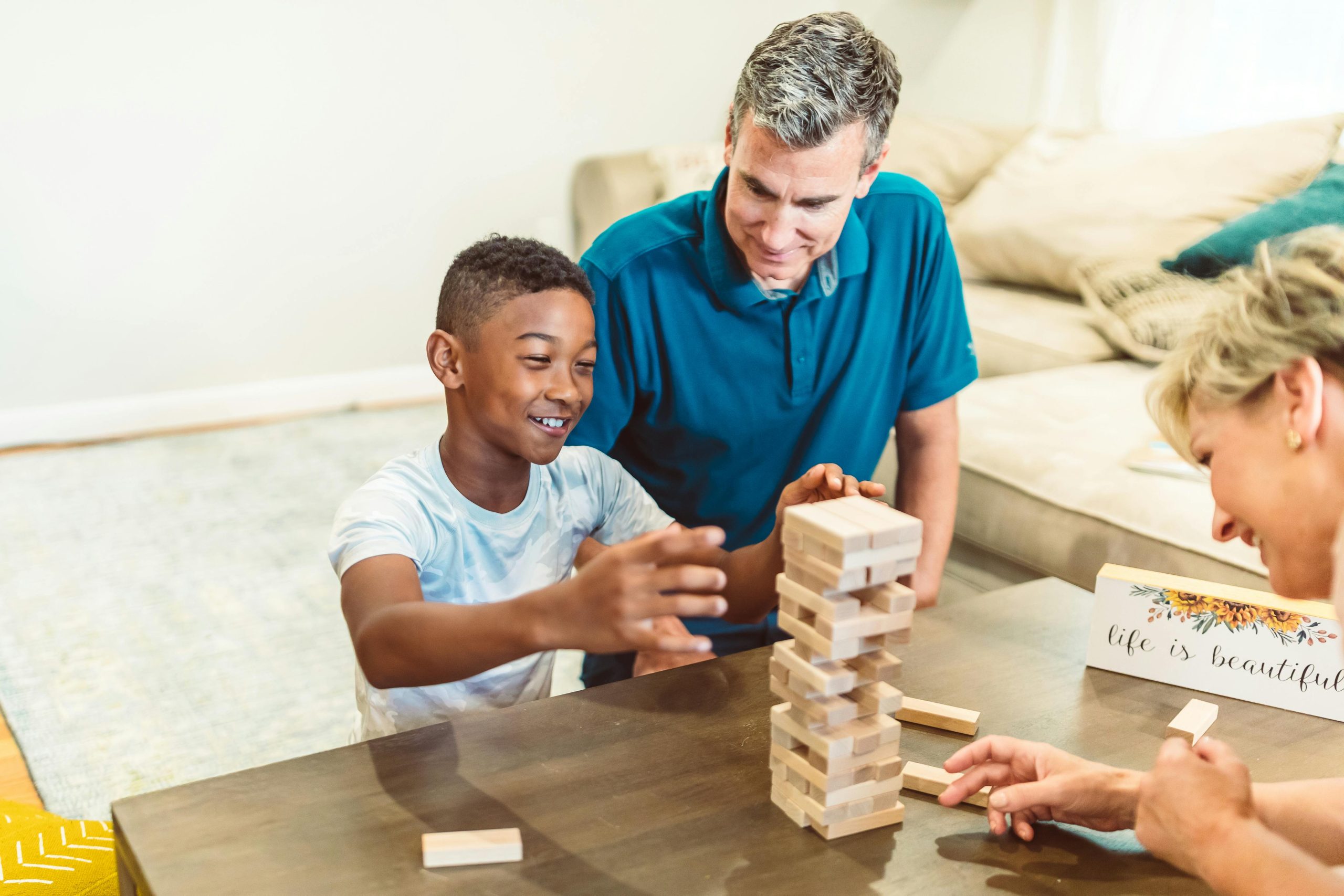A Brief Overview of Mindfulness and Its Increasing Adoption

With its origins firmly rooted in traditional Buddhist meditation, mindfulness is a discipline that promotes nonjudgmental present-moment awareness. Its transformational journey to Western cultures has seen it gain popularity as a sought-after coping mechanism for the fast-paced nature of contemporary life. The value of mindfulness in the fast-paced world of today cannot be emphasized. It provides a haven of peace and clarity in the middle of chaos and is a priceless aid in navigating the complexities of modern life. The appeal of mindfulness techniques grows as they become more ingrained in Western culture and appeal to people who are looking for balance and comfort in their daily lives.
A Comprehensive Guide to Mindfulness: Beyond Simple Meditation

Definition and Essential Elements of Mindfulness PracticesThe practice of mindfulness involves being totally aware of your thoughts and feelings in the present moment, without interruption or bias. This is a way of living that permeates every part of daily life and goes beyond the still moments of meditation. It involves paying attention to the little things in your environment, the feelings in your body, and the subtleties in the way you interact with other people. Fundamentally, mindfulness develops a strong bond with the here and now, encouraging a gratitude for it instead of an obsession with the past or the future.
Famous Myths Regarding Mindfulness
Many people think that mindfulness is the same as meditation, which is limited to stillness and silence. But this is a false impression. There are other ways to become mindful besides meditation, even though it’s a useful mindfulness technique. Anywhere, at any time, one can practice mindfulness, which turns routine tasks into profoundly connected and clear moments.
A Range of Family-Friendly Mindfulness Exercises
- Eating mindfully promotes a profound appreciation for food by emphasizing its flavors, textures, and the act of providing nourishment.
- During mindful walking, you engage in a deep and meaningful connection with the surroundings by focusing on the rhythm of your steps and the sensations beneath your feet.
- By genuinely listening to others without interrupting, mindful listening can transform conversations and foster empathy and a deeper understanding.
Including mindfulness in family life is a special way to slow down, enjoy the moment, and develop a closer relationship with family members and yourself. It’s an exploration that uncovers the extraordinary in the commonplace and cultivates contentment and serenity amid the daily craziness.
Using Mindfulness to Strengthen Family Bonds

The Way Mindfulness Encourages Stronger Family Bonds
Being present is at the heart of mindfulness. This entails giving each other their whole attention in a family situation, free from the interruptions of everyday existence. It’s about speaking thoughtfully, listening intently, and enjoying each other’s company. These kinds of actions foster patience, empathy, and understanding, which build stronger, deeper bonds between people.
Mindfulness Exercises for Various Age Groups and Family Structures
Each family is different, having its own dynamics and difficulties. Thankfully, mindfulness is adaptable and has benefits for all types of people. Playing a game that emphasizes sensory experiences can be an easy way to introduce young children to mindfulness. Through guided meditation apps created especially for their age group, teenagers can discover mindfulness. Conversely, adults may practice more structured mindfulness practices like yoga or deep breathing exercises. Families of all sizes can benefit from mindfulness collectively by adopting these practices into regular routines.
Actual Case Studies of Families Gaining from Mindfulness
Take the Thompson family, who started a mindfulness practice every night to deal with their busy schedules and frequent miscommunications. They discovered points of agreement, enhanced their communication, and increased their appreciation for one another through practices like mindful eating and group meditation. In a similar vein, the Nguyen family attributes their ability to successfully navigate the difficulties of blending two cultures to mindfulness. They have developed a strong sense of family unity and learned to embrace their differences through the practice of mindful listening.
These anecdotes demonstrate the transforming potential of mindfulness in cultivating more solid, cohesive family bonds. Families can develop a stronger sense of comprehension, empathy, and love for one another by taking the time to slow down and enjoy each other’s company in the present moment.
Visit the following website for additional details on mindfulness exercises that are appropriate for families: website of Health Direct Australia. It provides advice on how to incorporate mindfulness and mental health practices into your family life and offers a multitude of resources on these topics.
Enhancing Every Family’s Mental Health and Well-Being

The Effects of Consistent Mindfulness Practice on Depression, Anxiety, and Stress
In the family, practicing mindfulness can greatly lower stress, anxiety, and depression. People who practice present-focused mindfulness are able to let go of regrets from the past and anxieties about the future, which promotes mental peace. This change improves the individual and makes the home a more peaceful place.
Using Mindfulness to Prevent Mental Health Problems
Maintaining a regular mindfulness practice is an effective way to guard against mental health issues. Developing a mindful way of living helps family members better handle stress and lessen the chance that mental health problems will arise or get worse. It’s a proactive measure to preserve mental health.
The Advantages of Mindfulness for Physical Health in General and Sleep Quality in Particular
Another important advantage of mindfulness is better sleep. A relaxed mind makes sleep easier to get into and improves the quality of sleep. Since sound sleep is essential to overall wellbeing, this in turn promotes physical health in its entirety. Additionally, mindfulness promotes better lifestyle choices, which enhances physical health even more.
Being mindful is a way of life that can improve everyone in the family’s well-being, not just a technique. Families can experience less stress, better mental and physical health, better sleep, and stronger physical health by incorporating mindfulness into everyday routines. It’s a worthwhile journey that will benefit every member of the family greatly.
Digital Age Mindfulness: Finding a Balance Between Screen Time and Family Time

Digital Distractions’ Difficulties
- Even though the digital age has many advantages, it also presents serious problems for individual attention spans and family cohesion.
- Intentional interactions are frequently sidetracked by screens, which lowers the value of time spent together.
- In addition to destroying family harmony, this constant digital interaction impairs concentration, shortening attention spans and lowering the capacity for in-depth, prolonged thought.
Technology Mindfulness: Techniques for Families
- Families can implement mindful technology use strategies to mitigate the impact of digital distractions.
- More direct family interactions are promoted by designating specific times for device use and designating areas of the house that are tech-free.
- Playing educational games or watching documentaries together is one way to engage in digital activities that can improve shared experiences and promote understanding and unity.
Promoting Digital Detox Phases
- Regular digital detox periods have been shown to improve family dynamics dramatically.
- Family members can re-establish relationships with one another and the environment by participating in activities that encourage mindfulness and presence during these set times without screens.
- Whether it’s playing board games together, going on a family hike, or just spending time together over dinner and telling stories, these unplugged times enhance wellbeing and strengthen ties within the family.
The goal of mindful technology use in the family setting is to create an atmosphere where technology complements rather than interferes with family life. This does not mean doing away with digital gadgets. Families can recover quality time by deliberately deciding when and how to use digital devices, strengthening bonds and enhancing shared experiences.
Visit the eSafety Commissioner website for additional advice on striking a balance between screen time and family time. It provides helpful guidance and materials to assist families in using the digital world sensibly and safely.
Including Mindfulness in Everyday Family Activities

Documentary: How to Fit Mindfulness Into a Busy Schedule
- It is possible to find moments of mindfulness, even in the midst of the hectic daily tasks, and they are incredibly beneficial.
- Start small. Sharing a few moments of gratitude at bedtime or taking a minute to practice deep breathing together before each meal can create a lasting impact.
- Consistency is the key. Make these little windows of time a priority in your day, just like you would with brushing your teeth.
- These experiences accumulate over time, gradually integrating mindfulness into family life.
Building a Home Environment That Encourages Mindfulness
- Convert your house into a peaceful haven. Set aside some quiet time, away from the clamor of technology, for reading or meditation.
- Incorporate natural elements, such as small water fountains or plants, to create a peaceful atmosphere.
- Play relaxing instrumental music to promote mindfulness and lower stress levels.
- Because of the natural invitation to mindfulness in this setting, all members of the family can engage in the practice.
Encouraging All Family Members to Continue to Be Committed and Participate
- Participation is essential. Make it a family project to choose which mindfulness techniques to try by involving everyone in the process.
- Reward accomplishments with small tokens of appreciation, such as a week of regular mindfulness practice.
- During these activities, share your experiences and emotions to create a supportive environment where every family member feels appreciated and heard.
- Recall that while practicing mindfulness is a personal journey, sharing it deepens family ties and fosters a common process of learning and development.
Families can improve their relationships, create a loving home atmosphere, and deal with life’s obstacles with more serenity by incorporating mindfulness into everyday activities. It’s a trip that is well worth taking, with significant advantages for all parties.
In Conclusion
Family life is transformed into a journey of connection through mindfulness. It provides a route to greater joy and comprehension while fostering resilience in the face of chaos in life. Families foster a loving environment by balancing the digital with the real, the individual with the group, and shared practices and mindful moments. In order to create a peaceful future, let’s embrace this journey and strengthen our ties to one another as a family.
The Benefits of Mindfulness Practices for Families FAQs
Mindfulness can significantly help in managing the emotional well-being of family members by teaching them to observe their thoughts and feelings without judgment. This awareness allows individuals to better understand and regulate their emotions, leading to improved mental health. Additionally, the practice of mindfulness can provide a sense of calm and resilience during emotional challenges.
Yes, mindfulness can significantly reduce stress in family life by teaching family members to respond to situations with calmness and clarity. It helps in recognizing stress triggers and managing reactions, which contributes to a more peaceful home environment. Practicing mindfulness together can also strengthen the emotional bond between family members, making it easier to navigate challenges.
Practicing mindfulness together as a family can indeed improve overall health by reducing stress, enhancing emotional well-being, and promoting healthier lifestyle choices. It encourages a mindful approach to eating, physical activity, and sleep, which can benefit physical health. Moreover, the shared experience of mindfulness strengthens the emotional bond, contributing to better mental health.
Mindfulness practices can be incorporated into busy family schedules by integrating short, simple activities into daily routines, such as mindful breathing during commutes or mindful eating at meals. Even a few minutes of mindfulness practice can be beneficial, and involving the whole family can make it a shared, enjoyable experience. This ensures that even in a hectic schedule, mindfulness becomes a natural and valuable part of family life.
Mindfulness practices can enhance family communication by fostering a greater sense of empathy and understanding among family members. By being more present, individuals can better listen and respond to each other’s needs and emotions. This leads to a more open and respectful dialogue within the family.
Mindfulness positively affects family dynamics by promoting a culture of patience, understanding, and non-judgment. It encourages family members to appreciate the present moment together, which can deepen connections and reduce conflicts. As a result, families often experience a more harmonious and supportive living environment.
Mindfulness contributes to a positive home environment by cultivating an atmosphere of calm, understanding, and appreciation. It encourages family members to approach situations and each other with kindness and patience, reducing stress and conflict. This positive approach fosters a supportive and loving home, where each member feels valued and connected.
Mindfulness is effective in dealing with family conflicts by providing tools for calm and constructive communication. It helps family members to pause before reacting, allowing for thoughtful responses rather than emotional outbursts. This approach can lead to more effective problem-solving and a reduction in family tensions.
Mindfulness benefits children by improving their attention, emotional regulation, and social skills. It teaches them to manage their emotions and reactions, leading to better behavior and relationships with others. Additionally, mindfulness can enhance children’s academic performance by boosting their concentration and memory.
Mindfulness plays a crucial role in enhancing family relationships by encouraging members to be fully present and engaged with each other. It helps in recognizing and appreciating each other’s qualities, fostering a deeper connection and mutual respect. This mindful presence can transform everyday interactions into meaningful moments, strengthening the family bond.

Jasmine Duque-Love is a mother of one and a practicing physiotherapist with a Phd in Physiotherapy

